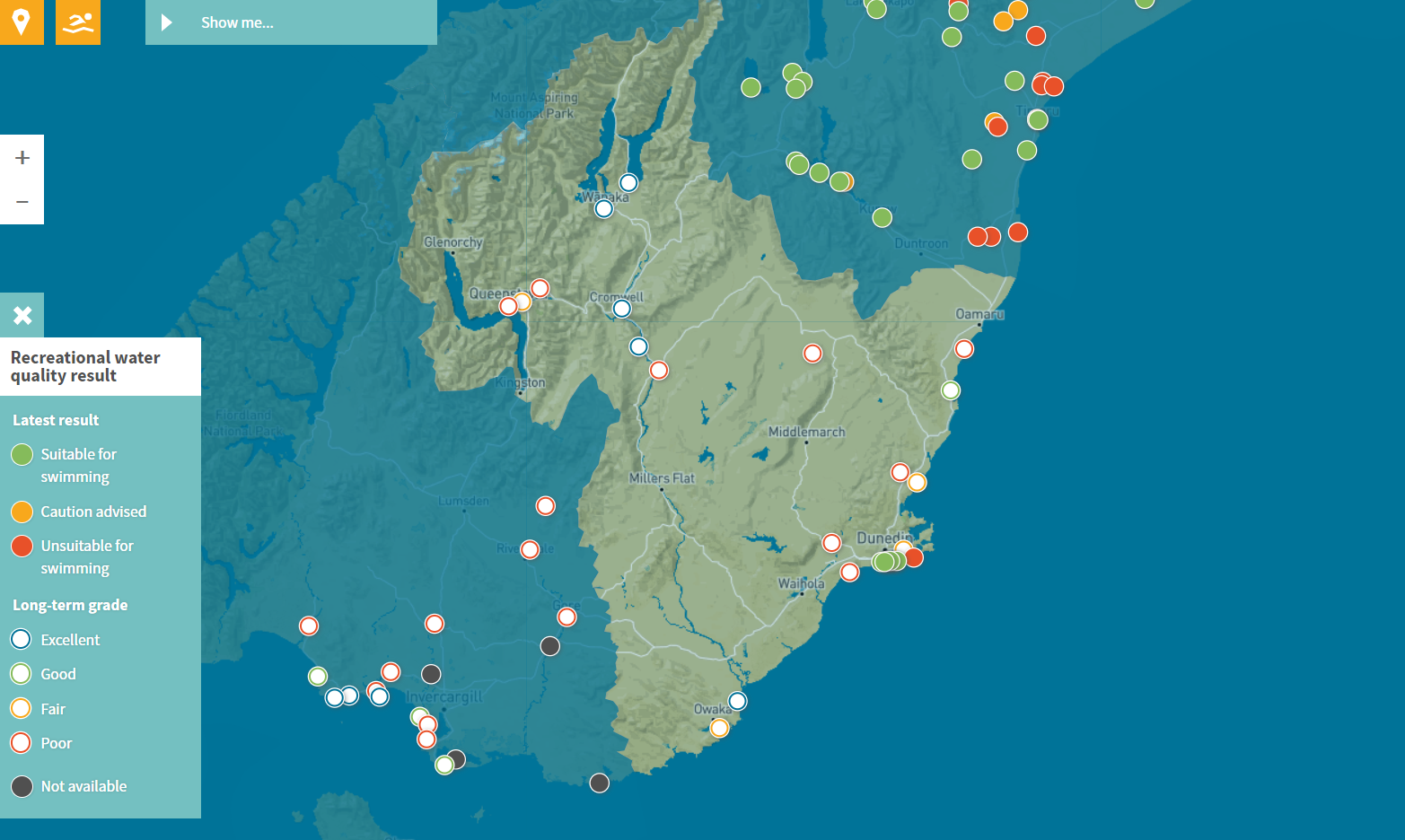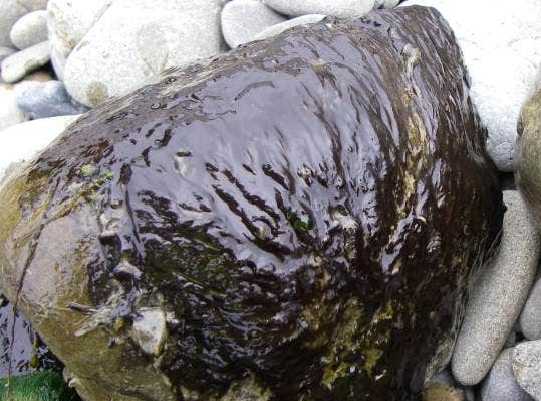This summer two popular swimming ponds and Oamaru’s harbour are among four new Otago sites added to the ORC’s recreational water monitoring programme - testing to identify that water is safe for swimming.
The new sites are the historic Pinders Pond near Roxburgh, a Clutha River boat ramp at Dunorling Street in Alexandra, the bridge at the former Graves dam site on the Waianakarua River in North Otago and at Oamaru harbour.
Including the new sites, ORC will this season have 31 swimming sites tested weekly for bacteria and 11 sites for toxic algae. The latest water quality results are posted to www.lawa.org.nz (Land Air Water Aotearoa), a handy resource for New Zealanders across the country to check the quality of their favourite, local waterway.


Every year ORC’s water scientists check popular swimming spots around Otago to see if these rivers, lakes and streams are safe to swim in, says ORC Senior Scientist, Water Quality and programme lead, Rachel Ozanne.
“In recent years, we’ve added more sites to provide more certainty to more people across Otago, by covering the more well used summer recreational areas,” she says.
The Otago programme, which started in 2006, runs during the summer months from 1 December to 31 March.
Ms Ozanne says the ORC team visits sites weekly to take samples, the results of which are posted to LAWA.
“Plenty of other council monitoring programmes across New Zealand continue to grow, with almost 800 recreational swim sites now on the site.”
“It’s easy for the public to then search for these water sites on LAWA,” says Ms Ozanne.
She says people can find out if a swim area is safe on LAWA, by clicking on the swimming icon on the orange box, top left, or by selecting the menu option under the search bar that says “Can I swim here?”.
She says people can search for their local water ahead of a visit and plan their trip with the latest information. The map will show spots which are suitable, or not, for swimming using the handy traffic light system.
![]()
![]()
Most councils monitor the water quality weekly over the summer months.
Ms Ozanne says the weekly sample result is a “snapshot in time”.
“It tells you what the water quality was like at the time of sampling. It’s important to remember that water quality can change over time, especially after rain.
“That’s why we recommend that even for sites with generally good water quality, you avoid swimming two to three days after heavy rainfall because urban or agricultural run-off can affect the water quality.”
Toxic algae also problematic
“Potentially toxic algae (or cyanobacteria) can become a problem when they increase to high concentrations, forming ‘blooms’. Most of the year potentially toxic algae are present at low levels that are not much of a danger,” she says.
Blooms are more common during the summer months, when low rainfall, warm temperatures, the right level of nutrients and more sunlight create an environment where it can thrive.
Exposure to high levels of toxins from cyanobacteria may result in serious illness. Dogs are at the most risk as they play and scavenge in the water.
Ms Ozanne says that if there are toxic levels of algae in the water, ORC will alert communities proactively as soon as the results are returned.

Phormidium is a common cyanobacteria. It is identified by its thick, dark brown mats on riverbed rocks in the riverbed, which can look like black tar. The Phormidium mats can easily detach from the riverbed and wash up on riverbanks.
Lakes can experience toxic algae blooms, which are generally bright green in colour and can give the water a ‘pea soup’ appearance. They can also form visible green to red films or scums on the water’s surface, especially at the water’s edge.
Ms Ozanne says Phormidium’s musty smell is attractive to dogs, so it’s important dog owners learn to identify the toxic algae, to keep their dogs away from it.
